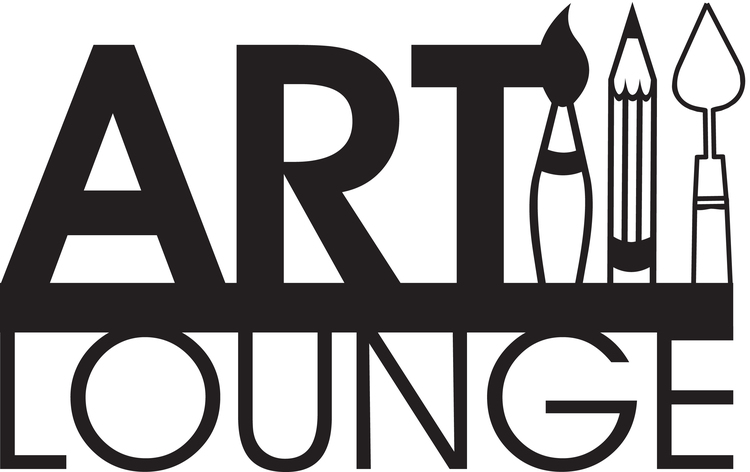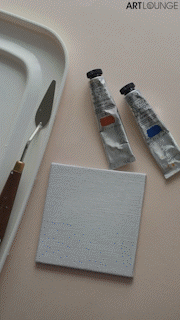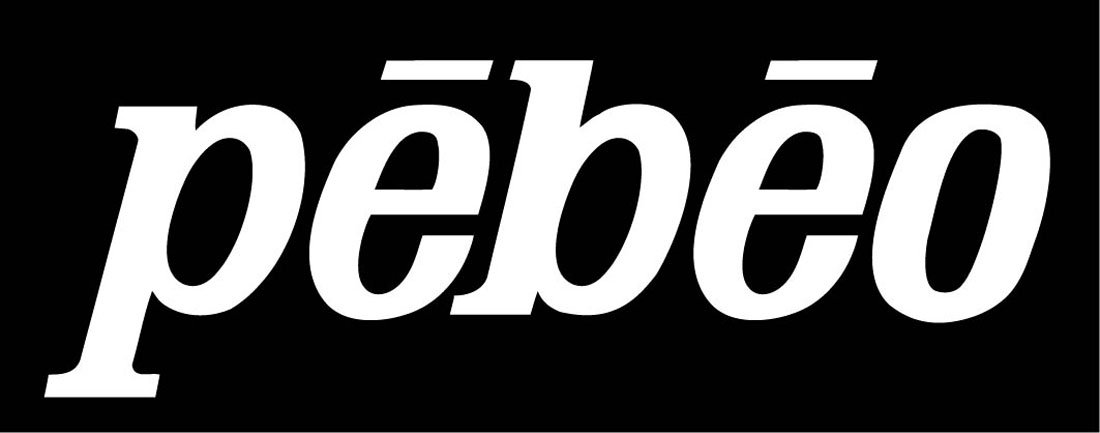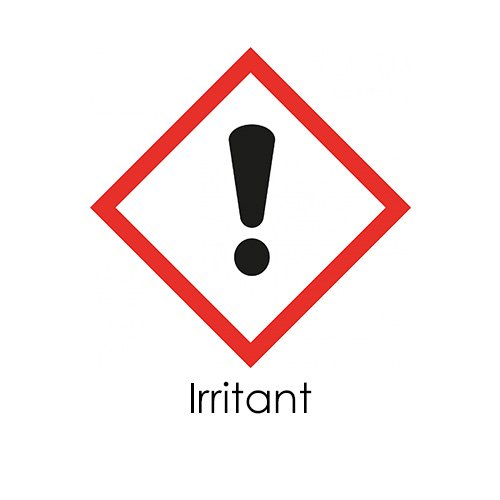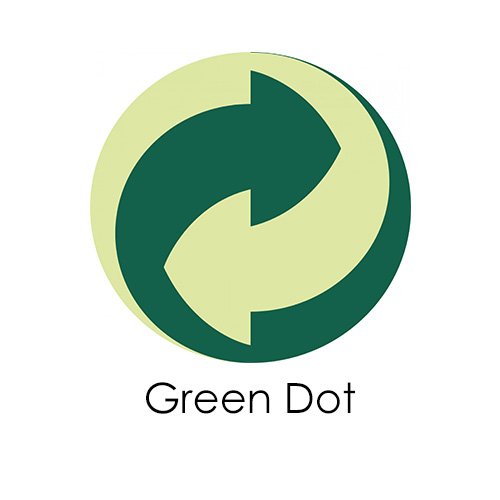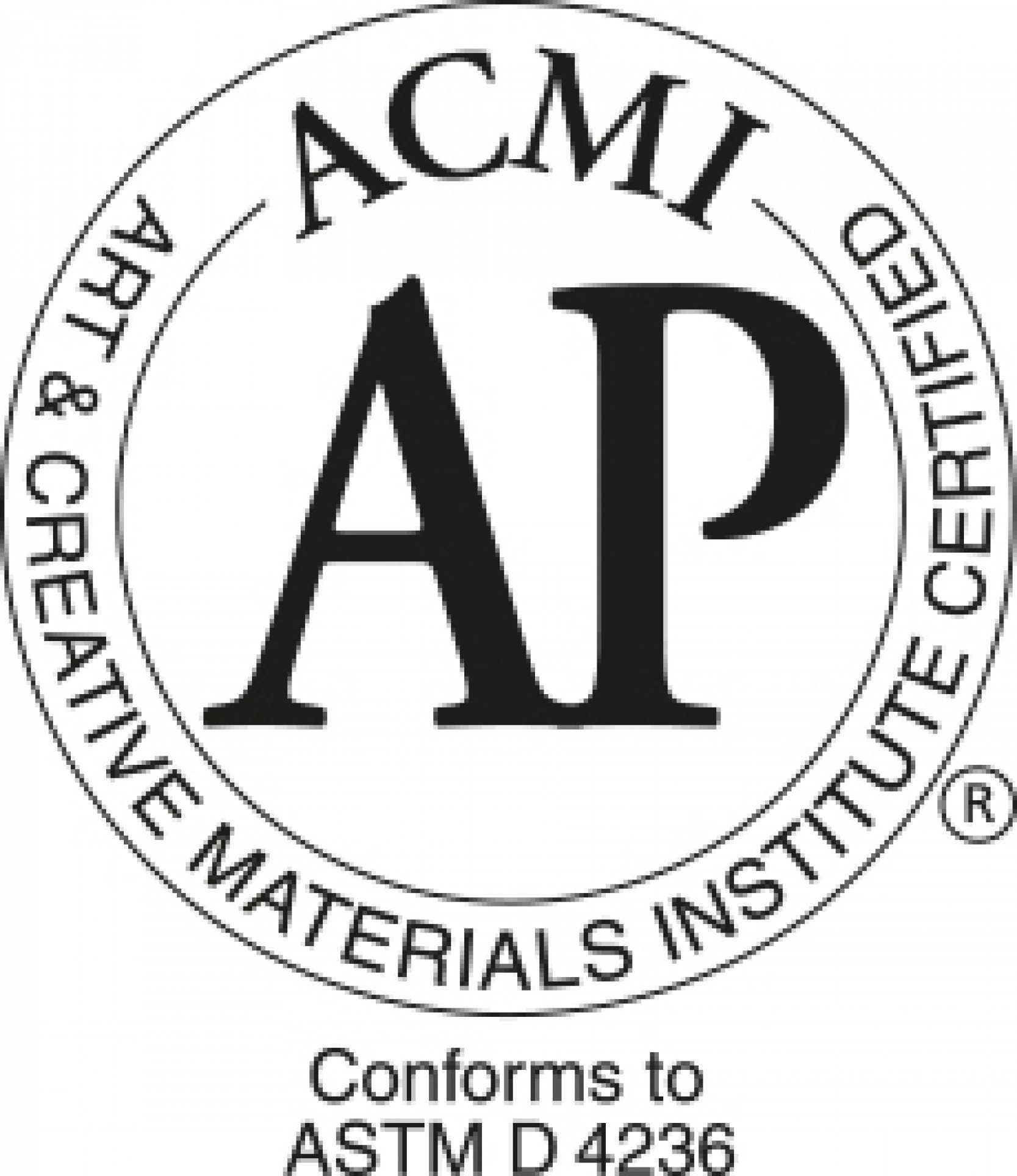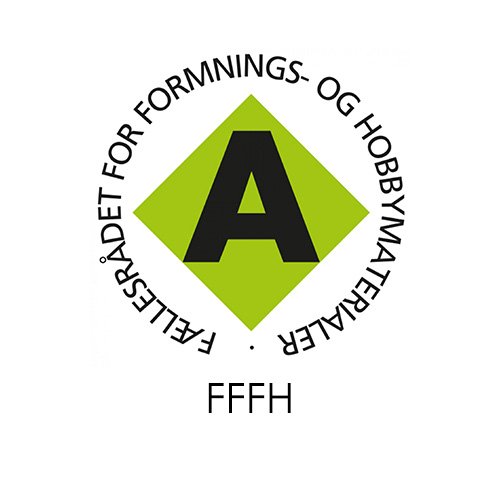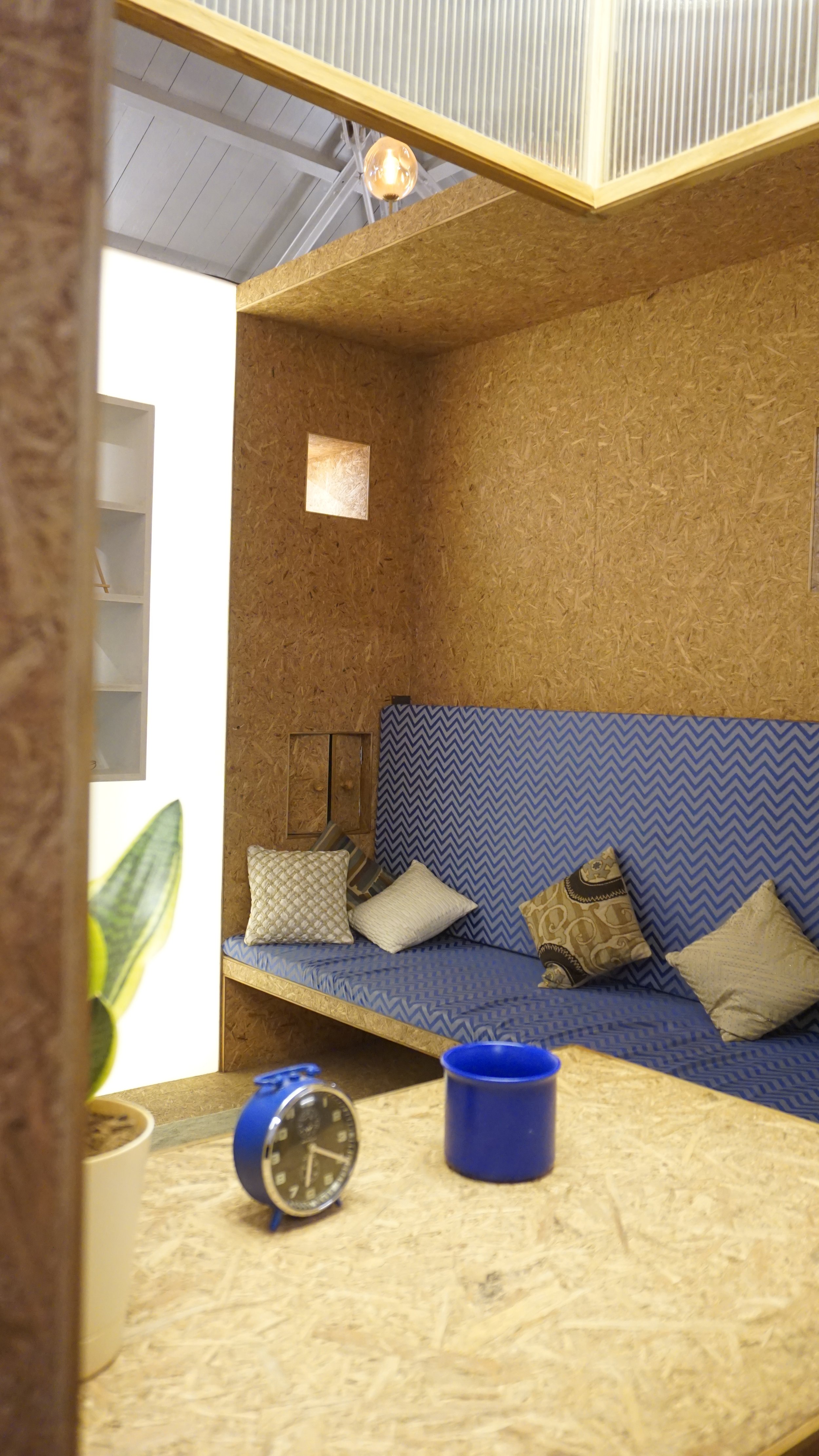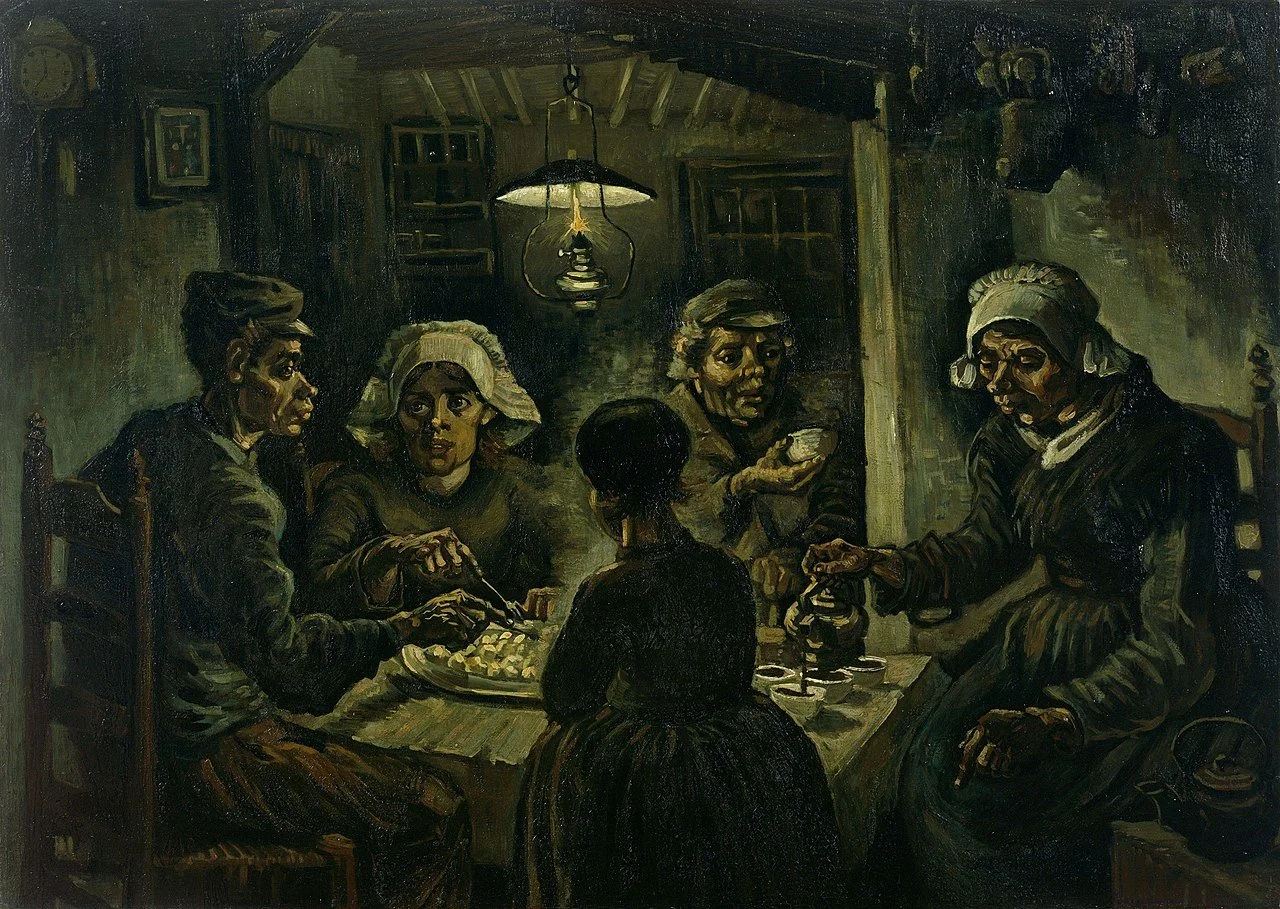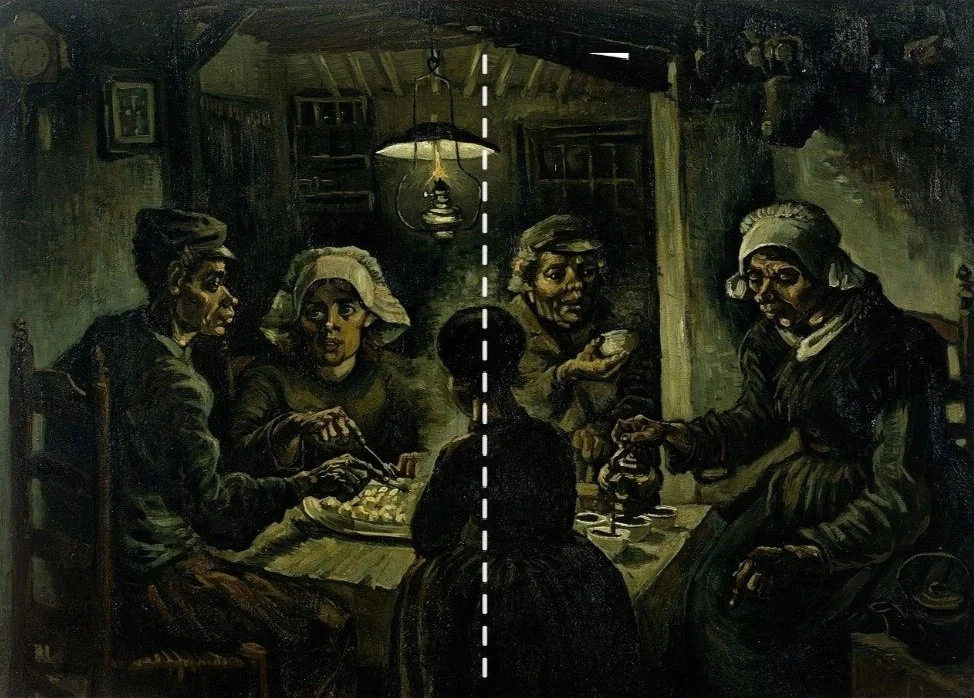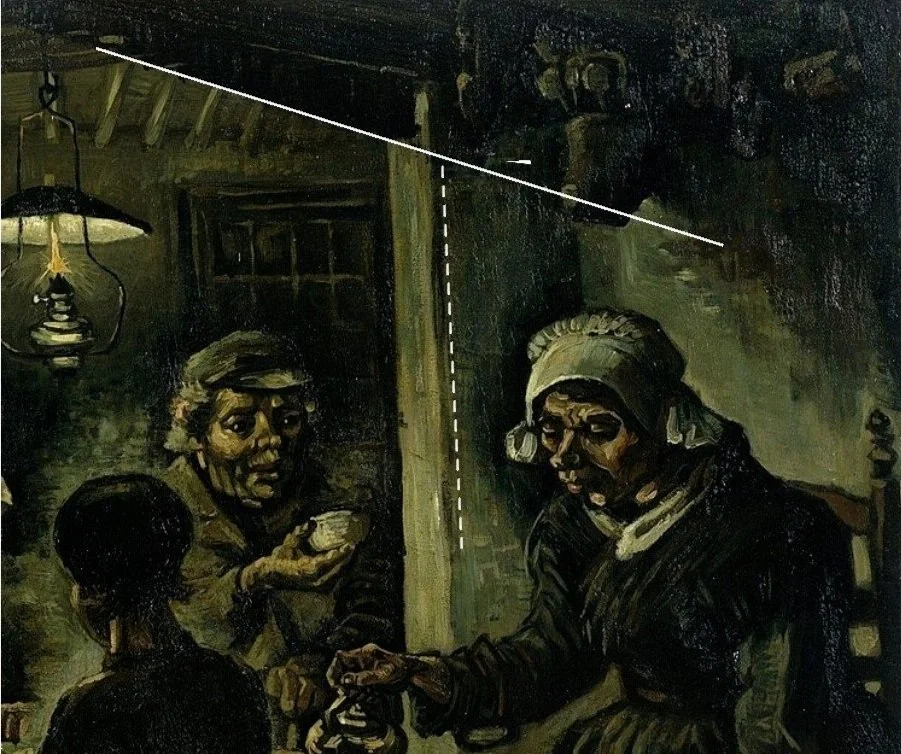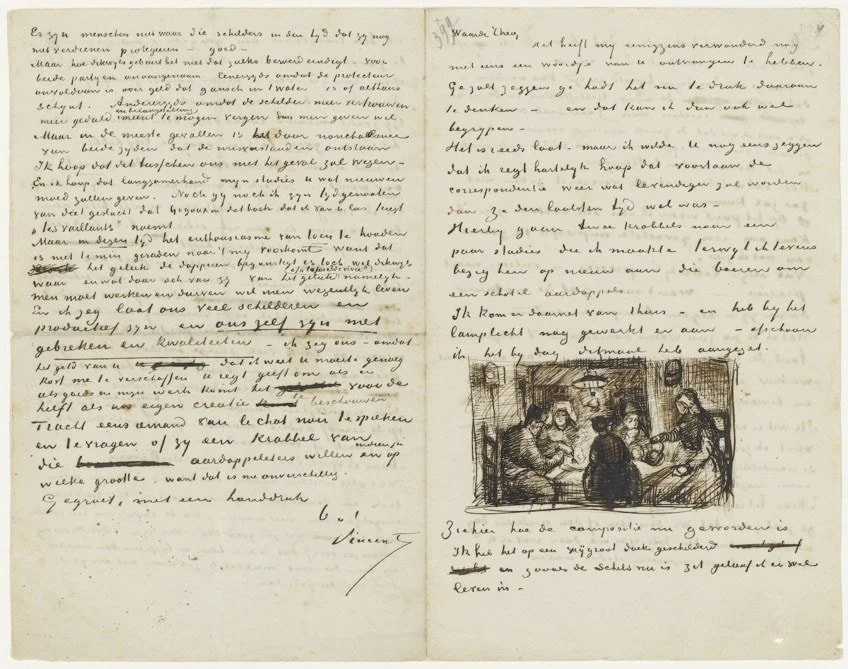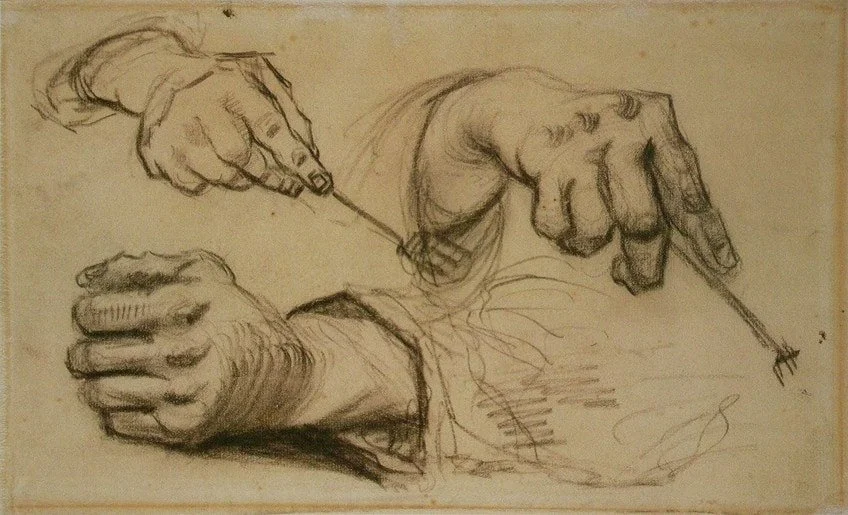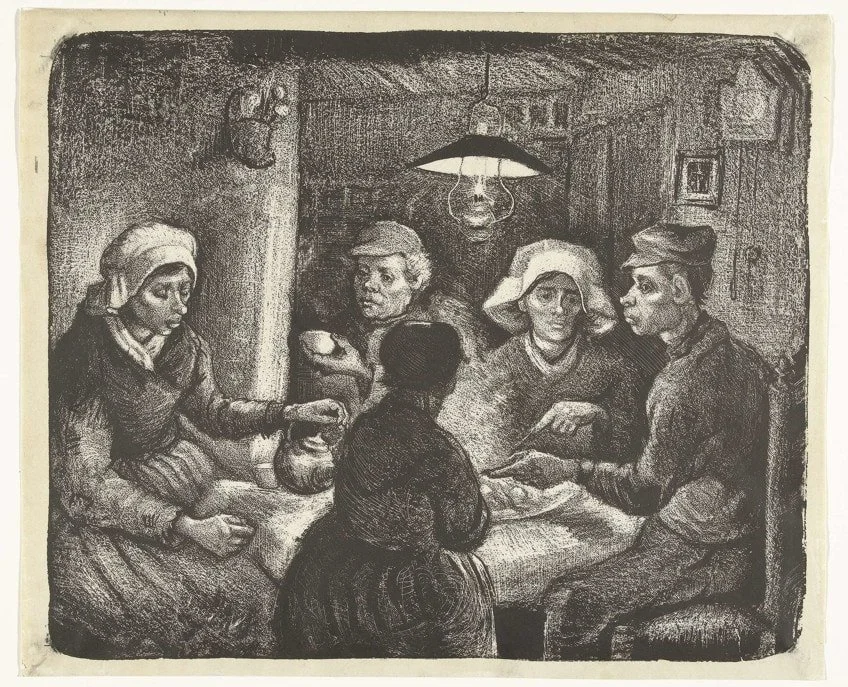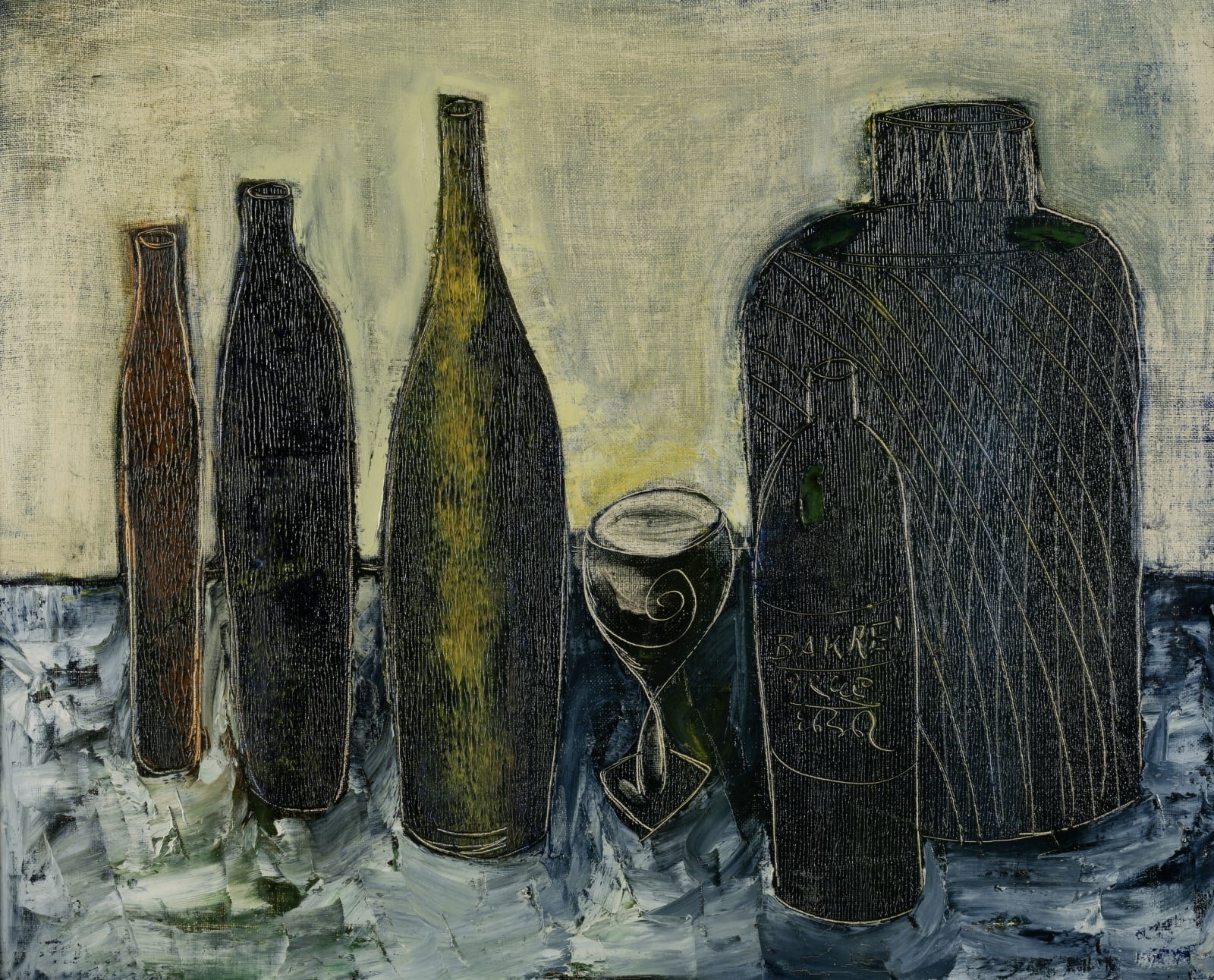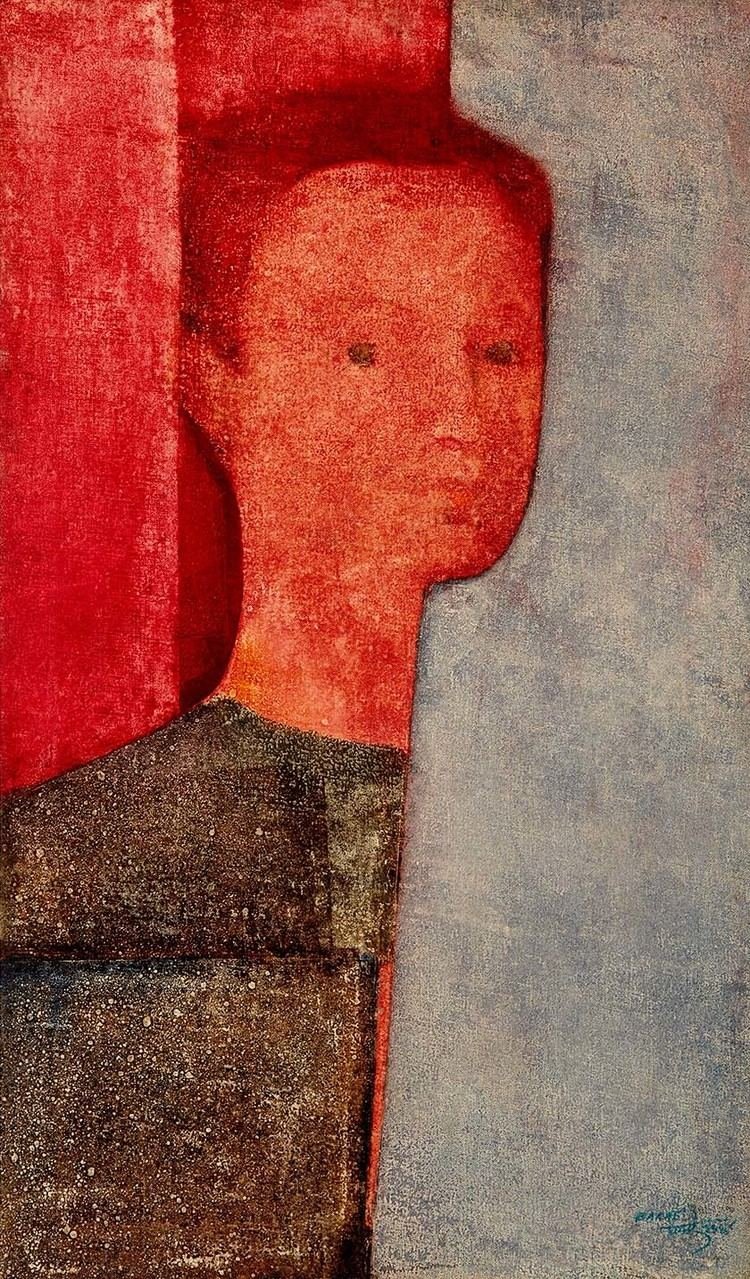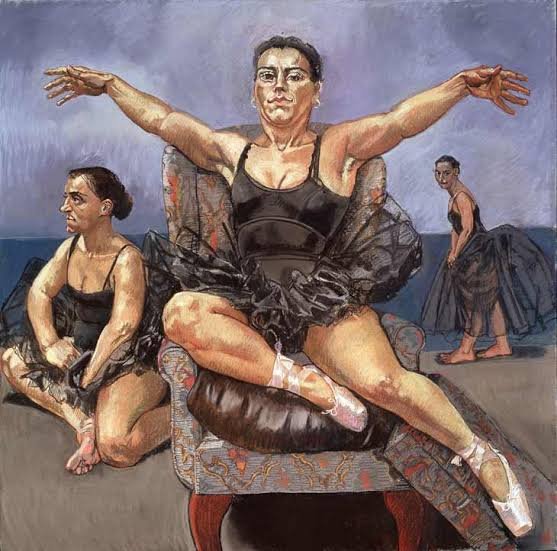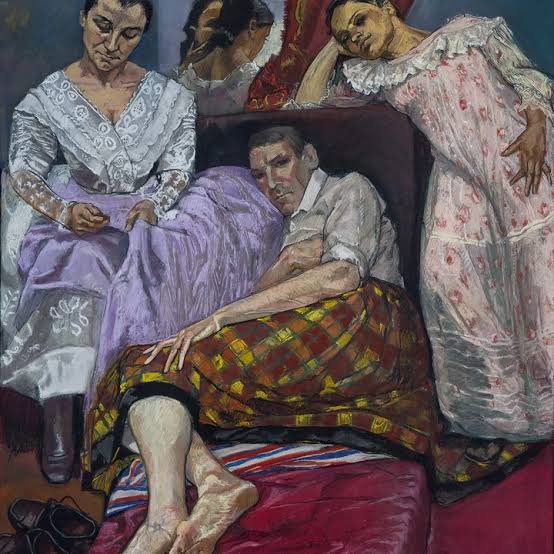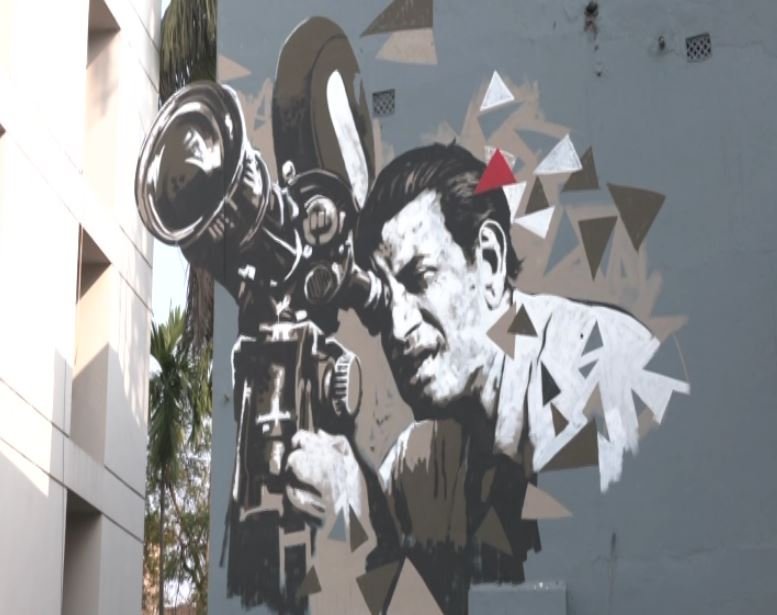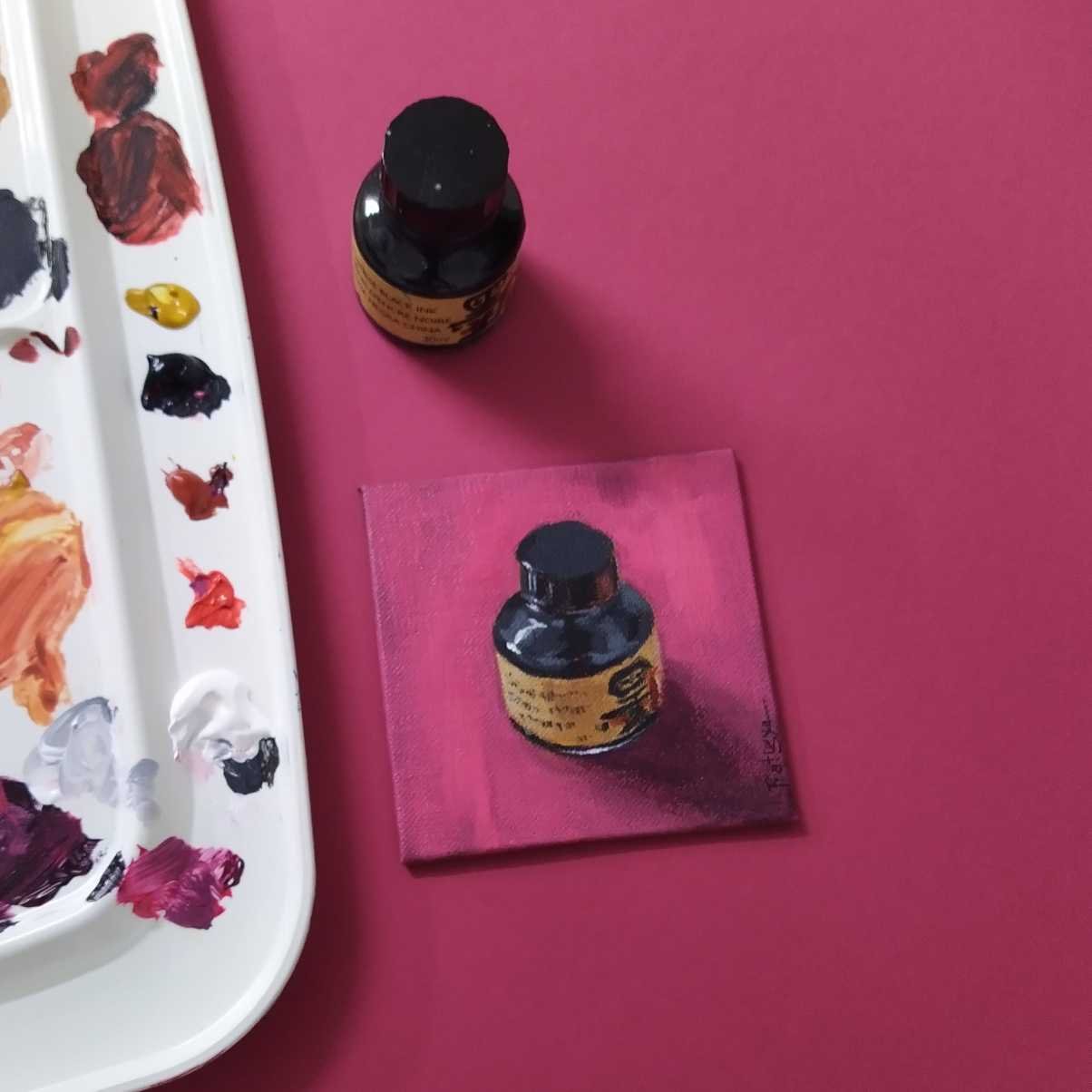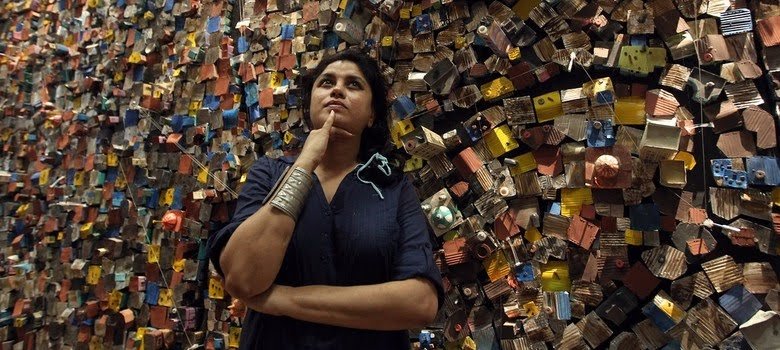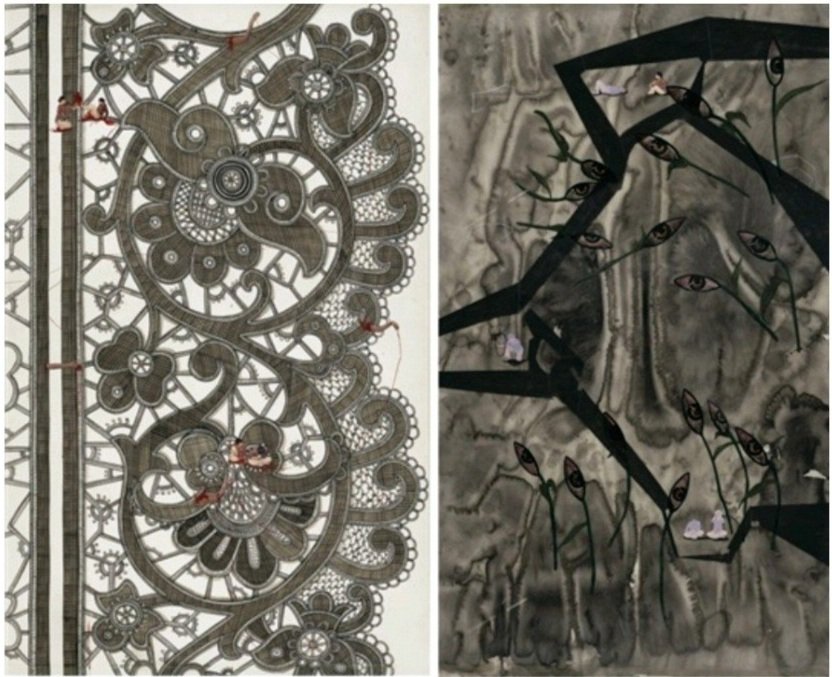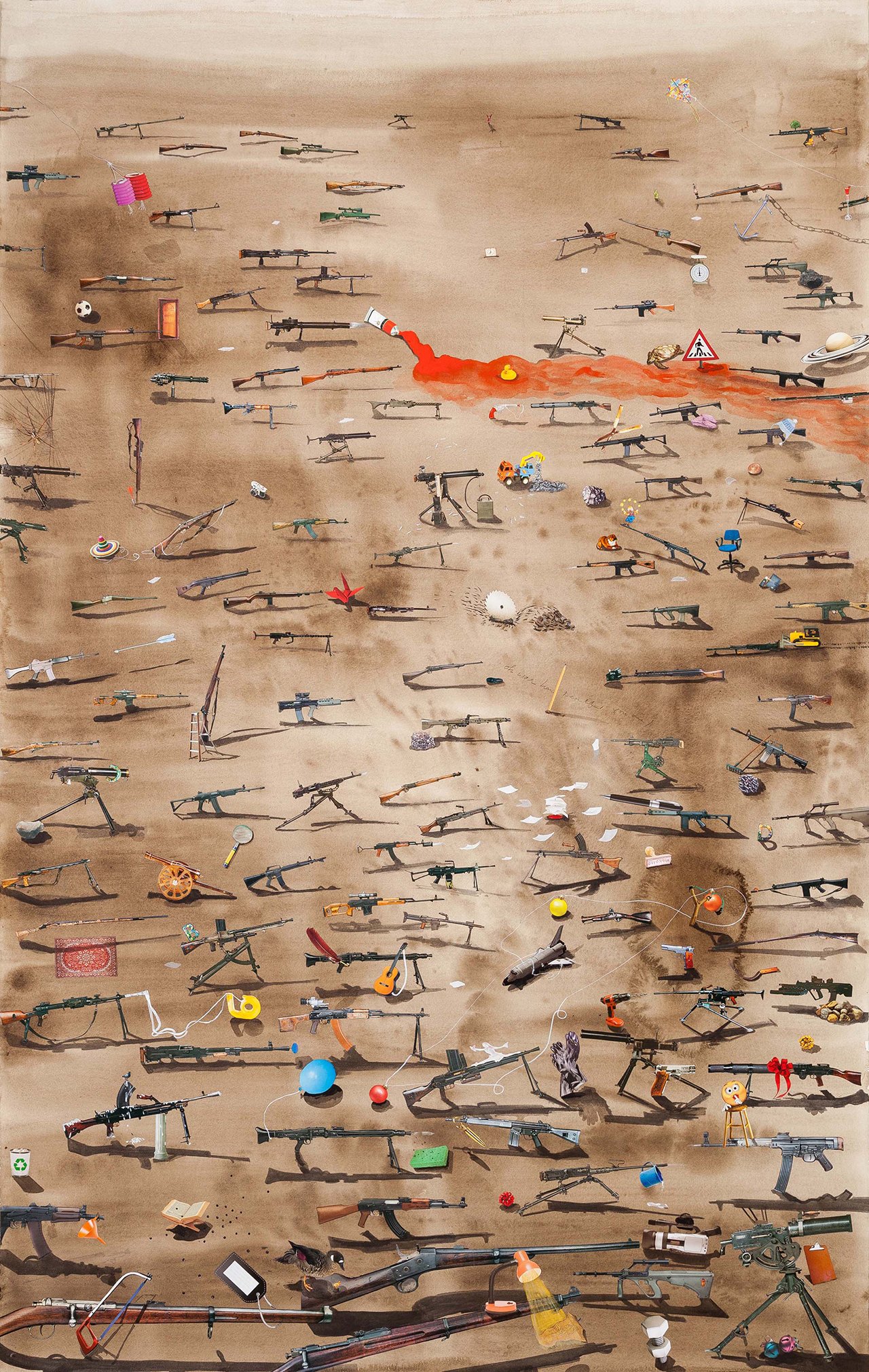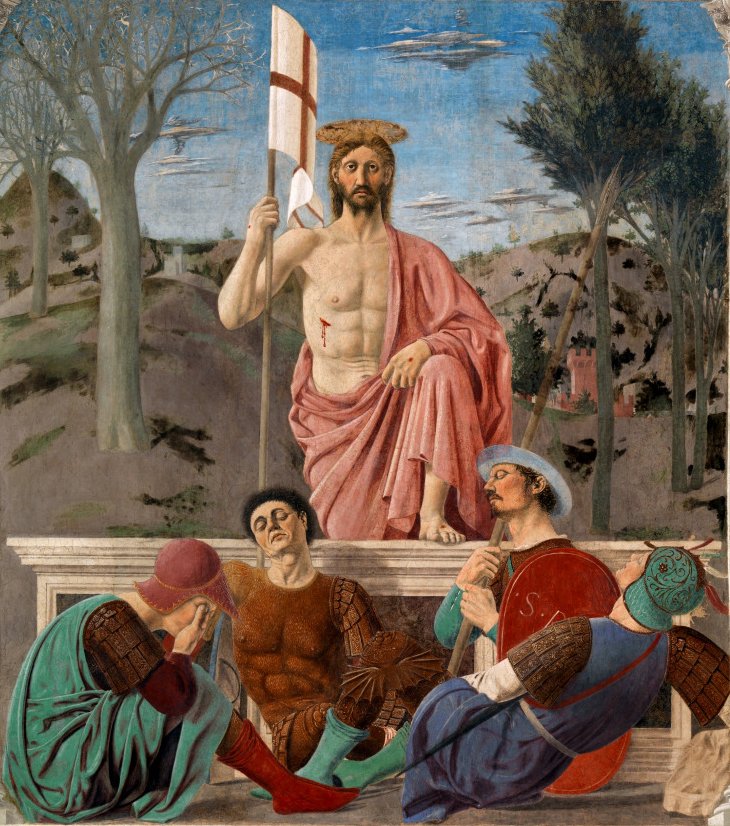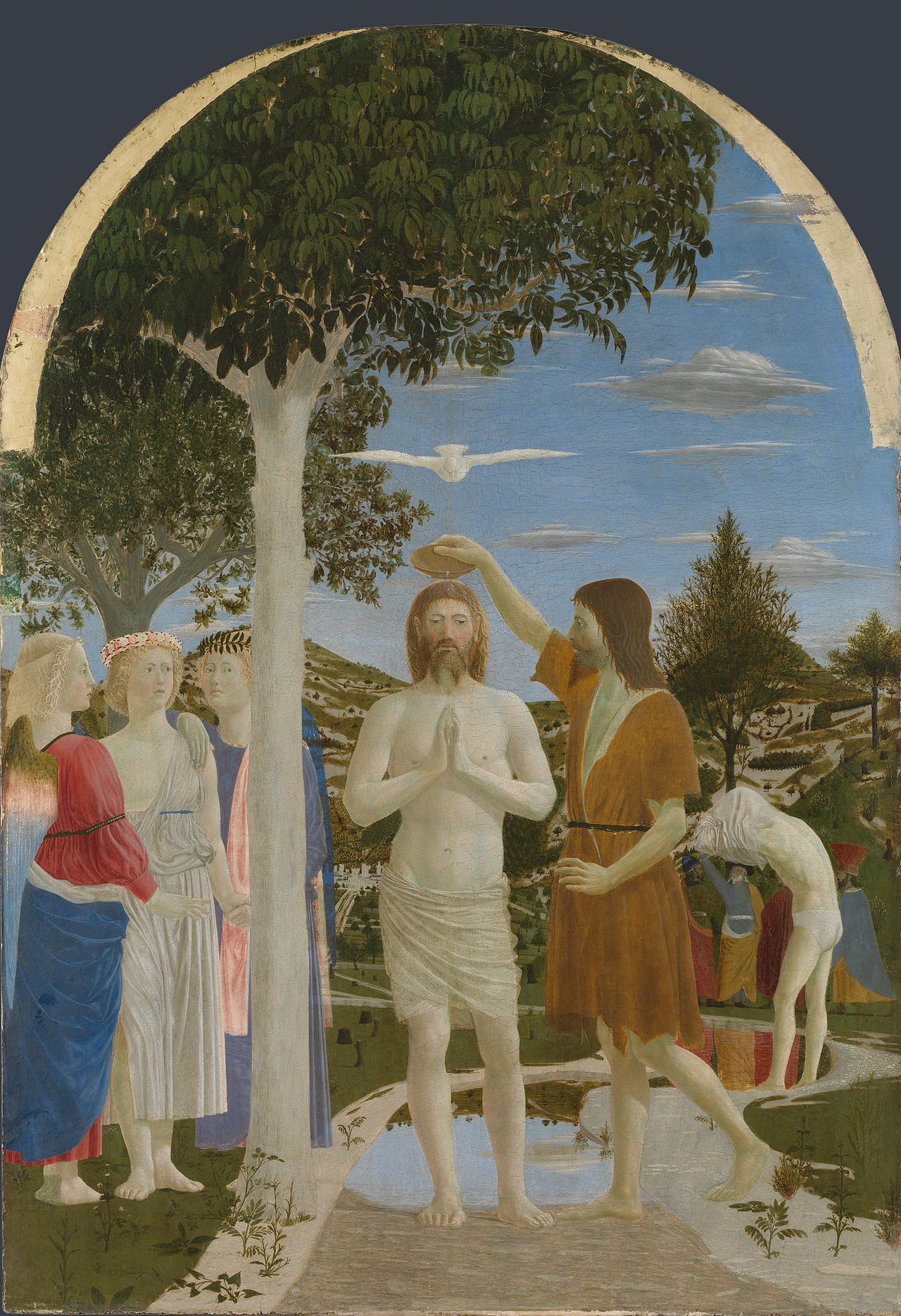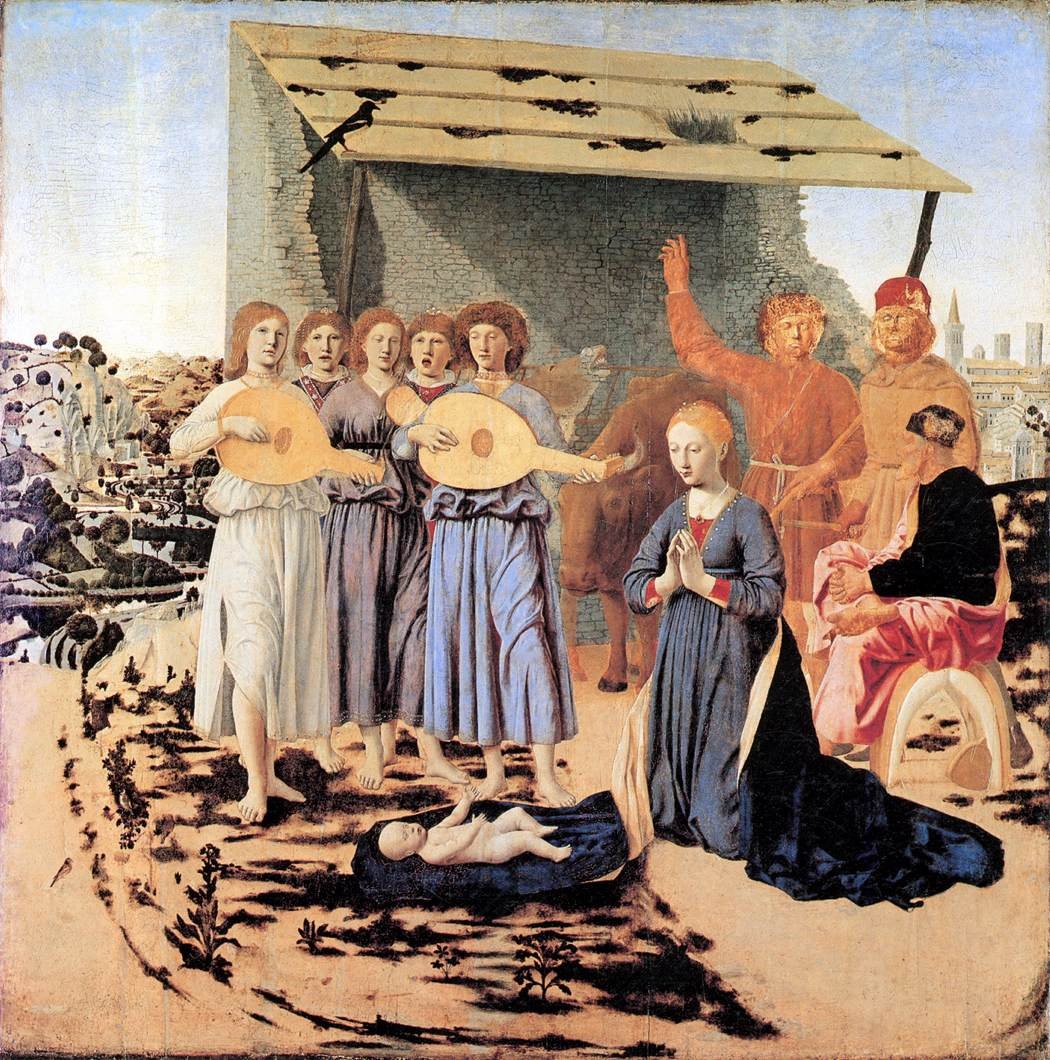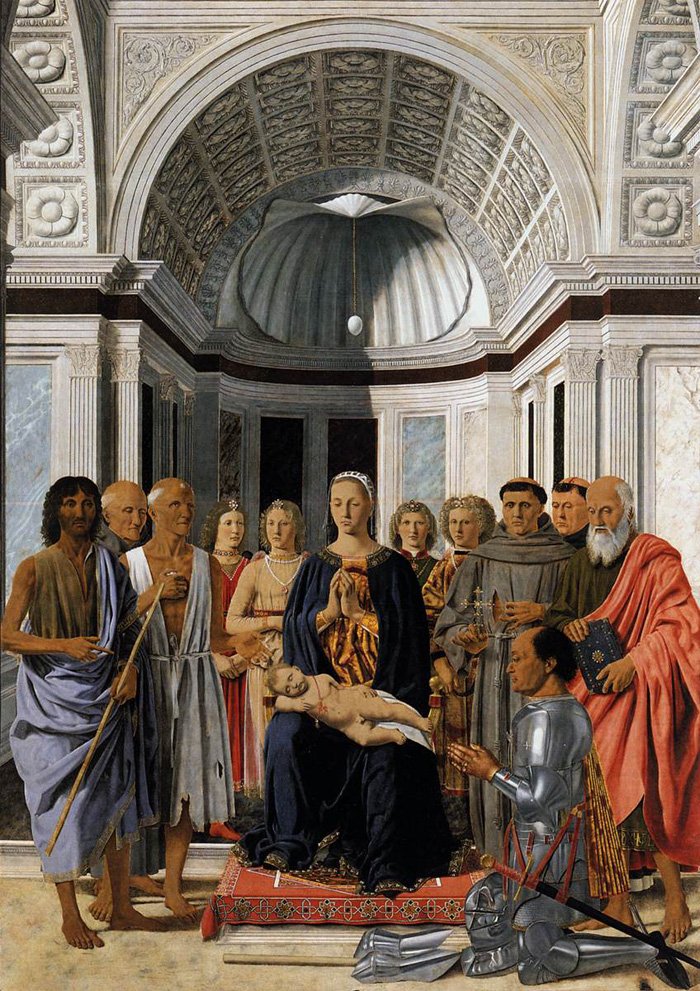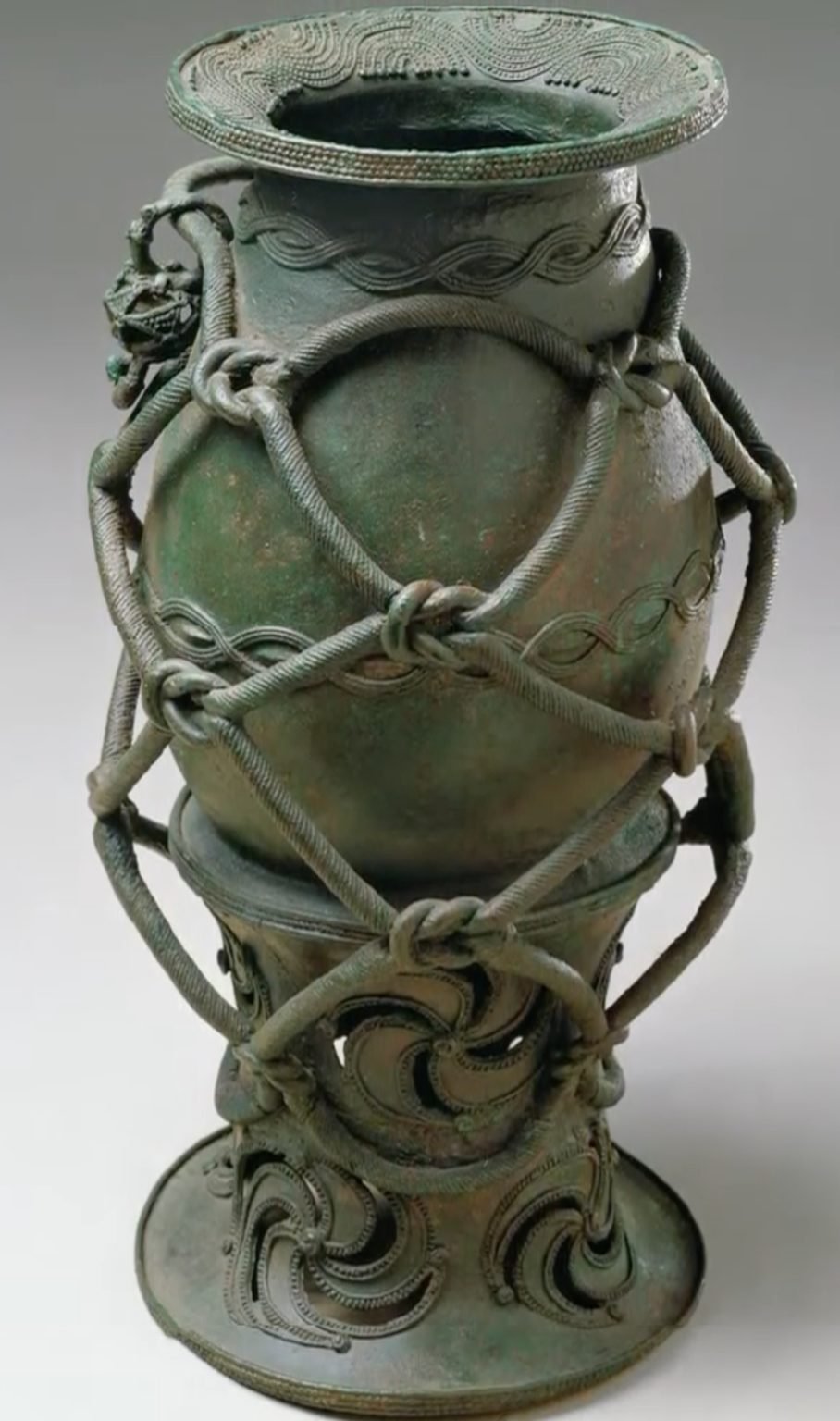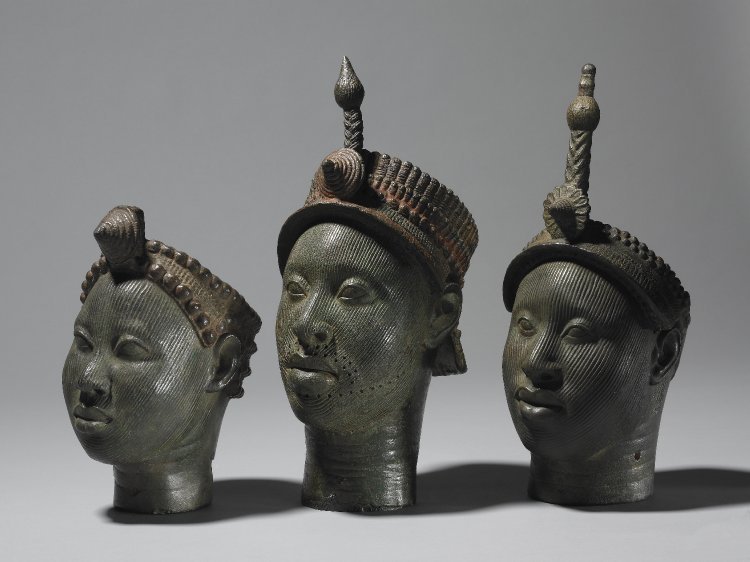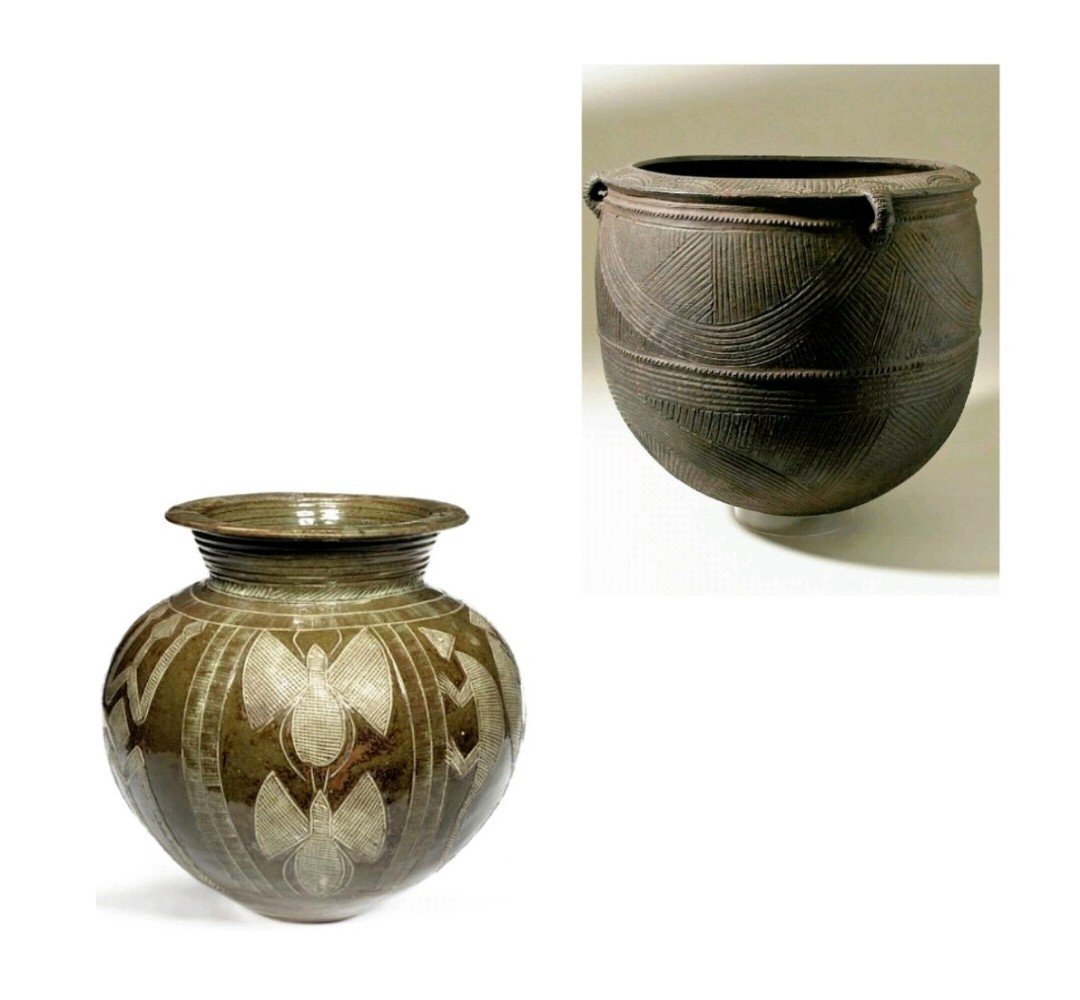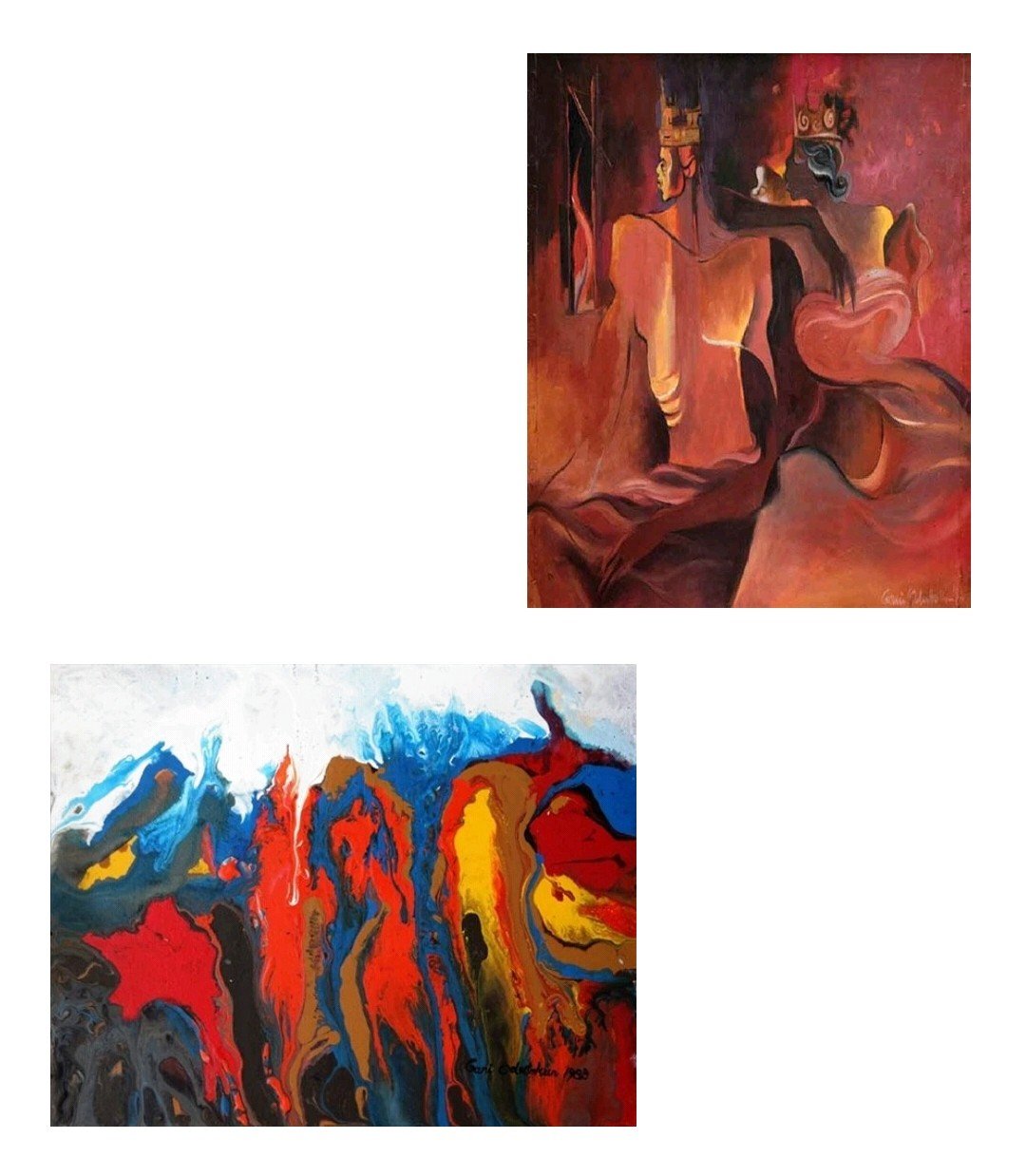Impasto painting is a technique that involves applying thick layers of paint to create texture and three-dimensional effects on a canvas. By combining gesso and acrylic paints, you can achieve remarkable impasto effects that add depth and visual interest to your artwork.
In this blog post, we will guide you through the process of creating stunning impasto paintings using gesso and high-quality acrylic paints.
Materials Needed: Mijello Mission Permanent Gesso, Winsor & Newton Professional Acrylic Paints, RGM Palette knife, Canvas or painting surface, Paper towels or cloth.
Optional: Brushes for blending or additional detailing
Let’s begin!
1. Mixing the Gesso and Acrylic Paint:
Using RGM plus line- palette knife, take a small amount of Mijello Mission Permanent Gesso and the desired Winsor & Newton Professional Acrylic paint color. For a pastel color effect, mix approximately 2 parts acrylic paint with 8 parts gesso. Adjust the proportions as desired to achieve your preferred color intensity and blend it thoroughly.
2. Using the palette knife, scoop a small amount of the gesso and acrylic paint mixture onto the palette knife's edge. Apply it to the canvas, just as you would with a regular impasto technique. Experiment with different strokes and techniques to create various textures and effects.
Note: Allow the applied paint to dry completely before adding another layer or a different color. This prevents smudging or unintentional mixing of colors.
After each application, wipe off any excess paint from the palette knife using a paper towel or cloth. This ensures that the palette knife remains clean and avoids color contamination.
3. Continue the process of applying layers of gesso and acrylic paint, allowing each layer to dry before adding the next. Feel free to experiment with different colors, strokes, and textures to create a unique and visually captivating impasto painting.
Creating impasto art using gesso and acrylic paints is a fascinating and rewarding process. The combination of these materials allows you to add texture, depth, and visual interest to your paintings.
Remember to follow the tips mentioned in this blog, such as allowing proper drying time and cleaning the palette knife between colors.
So go ahead, grab your gesso and acrylic paints, and explore the world of impasto art. We can't wait to see your amazing creations!
Don't forget to tag us when you share your artwork.
Happy painting!.
